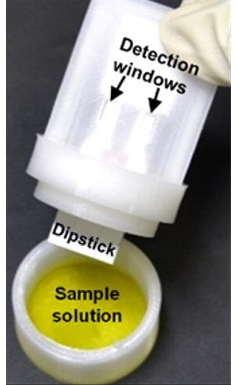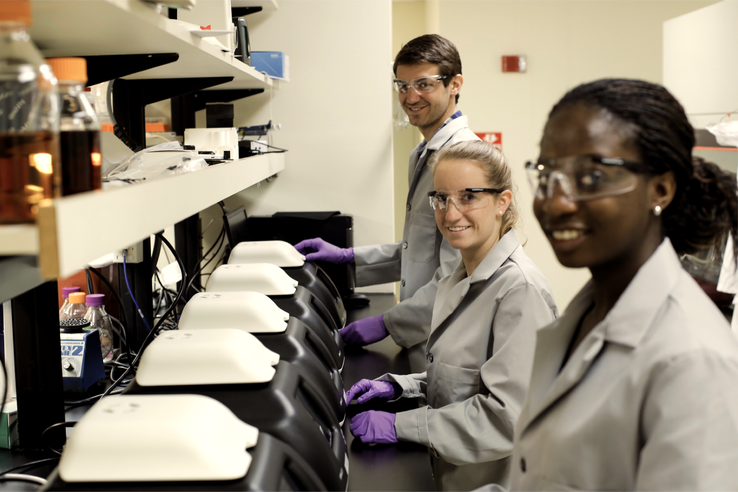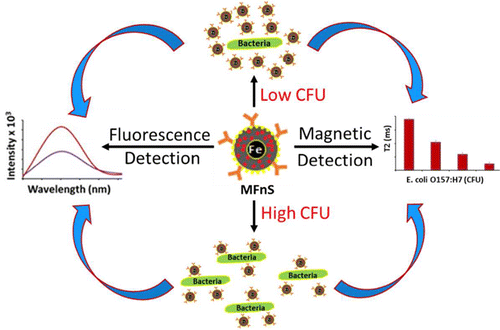To win the war on foodborn pathogens new technologies, devices and much more have been created. The battle for food safety is far from over!
What are the new weapons in the war on foodborn pathogens? I present to you:
Paper
Researchers at the Advanced Institute of Science and Technology in South Korea have developed a simple paper test that can detect foodborne pathogens within minutes. In the US, the cost of treating foodborne diseases (FTDs) exceeds 3 billion a year. Current tests require specialized machinery and personnel to operate, which makes them unfeasible for large-scale use in restaurants, for example.

When immersed in solutions containing strain O157:H7 of Escherichia coli, Salmonella typhimurium, or both, lines appeared on the dipstick indicating a positive result within 15 minutes.
Laser
The laser that detects Salmonella in your food also comes from the same South Korean institute. When the laser hits the surface of the food, it scatters showing light patterns according to the presence of the pathogen. An attached camera captures the bacteria’s movements under the laser and triggers an alarm. This device is ideal for use in industrial production lines, but could also be well applied in a domestic refrigerator.
The technique has a limitation: it detects different strains of bacteria, but cannot distinguish between them. It also doesn’t detect toxins, yet it can still make a big difference in producing safe food.
US$9 million in reseach
American startup Ancera received US$9 million from an investment fund to produce its first product: a small printer-sized instrument called the Piper, which uses disposable smartphone-sized cartridges, also made by the startup. Anyone can handle the equipment that detects and quantifies Salmonella in up to 8 hours.


Bonus: Nanosensors
When we are faced with a food outbreak, we track what we eat in an attempt to find the cause of the problem. A new technique can change this scenario. It combines two contaminant detection methods, magnetic resonance imaging and fluorescence testing, into a single rapid test. With this, it is possible to verify the presence of E. coli in just 15 minutes. In the normal procedure, this time can reach up to 3 weeks and it is necessary to send the food sample to a laboratory. The researchers hope in the future to adapt the technique to detect other bacteria and even viruses in food.

Science has evolved a lot, but keep doing your part, no mixing raw and cooked foods, be careful with cutting boards, pay attention to cooking temperatures and always wash your hands! Food infection doesn’t always cause “just diarrhea”, it may kill you!
Post originally written on 5/25/2017.
Sources: Asian Scientist, Futurism, MIT Technology Review, Gizmodo, Yale Entrepreneurial Institute, Multiparametric Magneto-fluorescent Nanosensors for the Ultrasensitive Detection of Escherichia coli O157:H7, Pressed Paper-Based Dipstick for Detection of Foodborne Pathogens with Multistep Reactions, A simple and rapid method for detecting living microorganisms in food using laser speckle decorrelation




COMMENTS